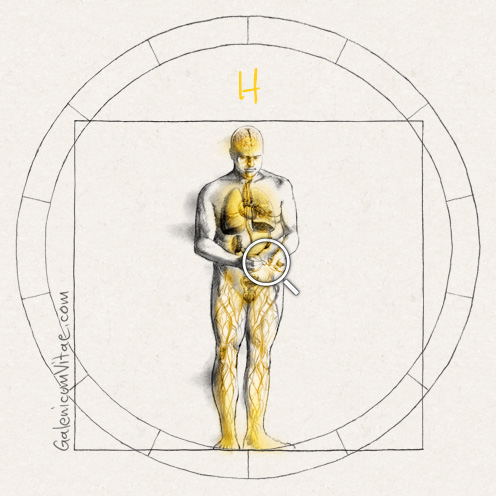Diabetes is a group of metabolic disorders affecting several organs and tissues, characterised by an increase in blood glucose levels.
Causes. Diabetes usually begins in adulthood and affects people of both sexes. There are two main forms of diabetes, Type 1 and Type 2.
Type 2 diabetes develops when the body does not produce enough insulin and does not efficiently use the insulin it produces (insulin resistance).
Type 2 diabetes is the most common form. Approximately 90-95% of people diagnosed with diabetes have this form of the disease, and that’s why it is very important to follow and maintain healthy habits to avoid complications such as diabetic foot.
Diabetes is a set of metabolic disorders affecting several organs and tissues and it is characterised by an increase in blood sugar.
Most of the food we eat is turned into glucose (sugar) that our body uses to obtain energy. Insulin is a hormone needed to help glucose enter the body's cells and to order them to convert this sugar and other food into energy.
When you have diabetes, your body either does not produce enough insulin, cannot use its own insulin as well as it should, or both. This causes too much sugar to accumulate in the blood.
Risk factors for presenting diabetes most often affect middle-aged adults and seniors. It is related to overweight (obesity) and physical inactivity. There are two main forms of diabetes, Type 1 and Type 2. Approximately 90-95% of people diagnosed with diabetes have the Type 2 form of the disease.
Prevention. It’s very important to maintain healthy habits to avoid complications such as diabetic foot.
Treatment. The blood glucose meter is an important tool that reports blood sugar levels. To treat diabetes, taking insulin is often necessary. There are different types of insulin: fast and slow (and the area where it is injected affects the rate of absorption too). Absorption is very fast in the area around the navel, mildly fast on the arms and slow in the thighs.
Symptoms. The vast majority of people with diabetes have no symptoms, so it is important to conduct periodic check-ups on people who are at risk of developing it. Very high sugar levels may cause blurred vision, decreased vision, constant thirst, fatigue, muscular weakness, frequent urination, kidney damage, urinary tract infections, tingling and numbness in the extremities, foot ulcers and gangrene.
After being diagnosed with diabetes it is necessary to reconsider a change in both food and daily habits:
- Eating healthy is necessary to maintaining ideal weight.
- Staying active, exercising regularly.
- Learning to cope with everyday challenges. Education is the cornerstone to managing diabetes: when a patient is well informed about his condition and follows instructions correctly, there’s less risk of complications and a better quality of life.
- Having a positive attitude.
- Diabetes can trigger a number of acute and chronic complications, so it is important to conduct periodic reviews to detect and monitor any complications.
Type 1 diabetes usually begins in the early years of childhood. It results from the body's inability to produce insulin. People with this type of diabetes need to have insulin administered daily to control their blood glucose (sugar) levels.
For more information visit:
10 facts about diabetes
http://www.who.int/features/factfiles/diabetes/en/
American Diabetes Association -ADA
http://www.diabetes.org/
Diabetes Myths
http://www.diabetes.org/diabetes-basics/myths/?loc=rp-slabnav

 Digestive
Digestive  Blood
Blood Cardiovascular
Cardiovascular Dermatology
Dermatology Genitourinary,
Genitourinary, Hormones
Hormones Infections
Infections Oncology and
Oncology and Musculo-skeletal
Musculo-skeletal Mental health and
Mental health and Parasites
Parasites Respiratory
Respiratory Senses
Senses Various
Various




